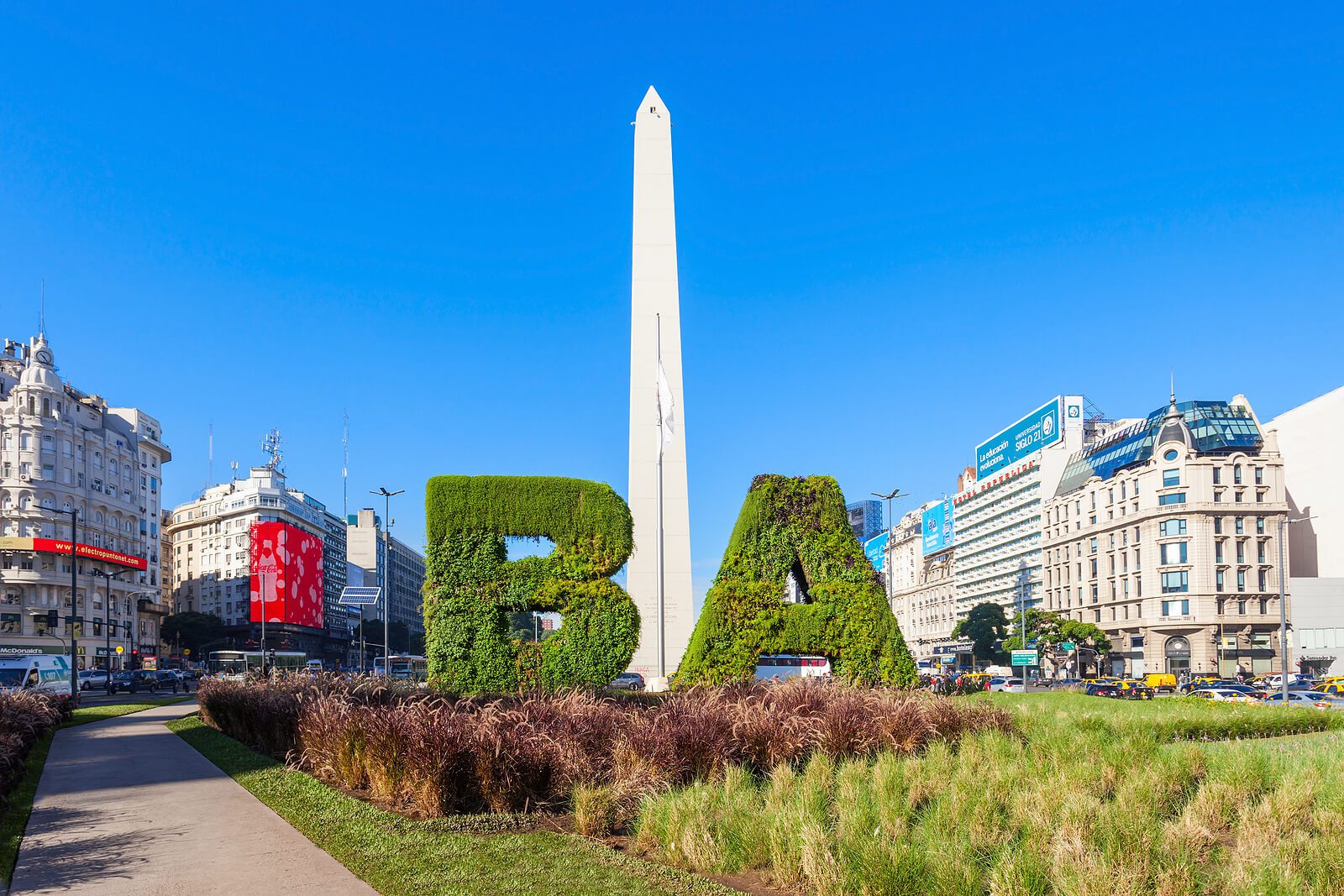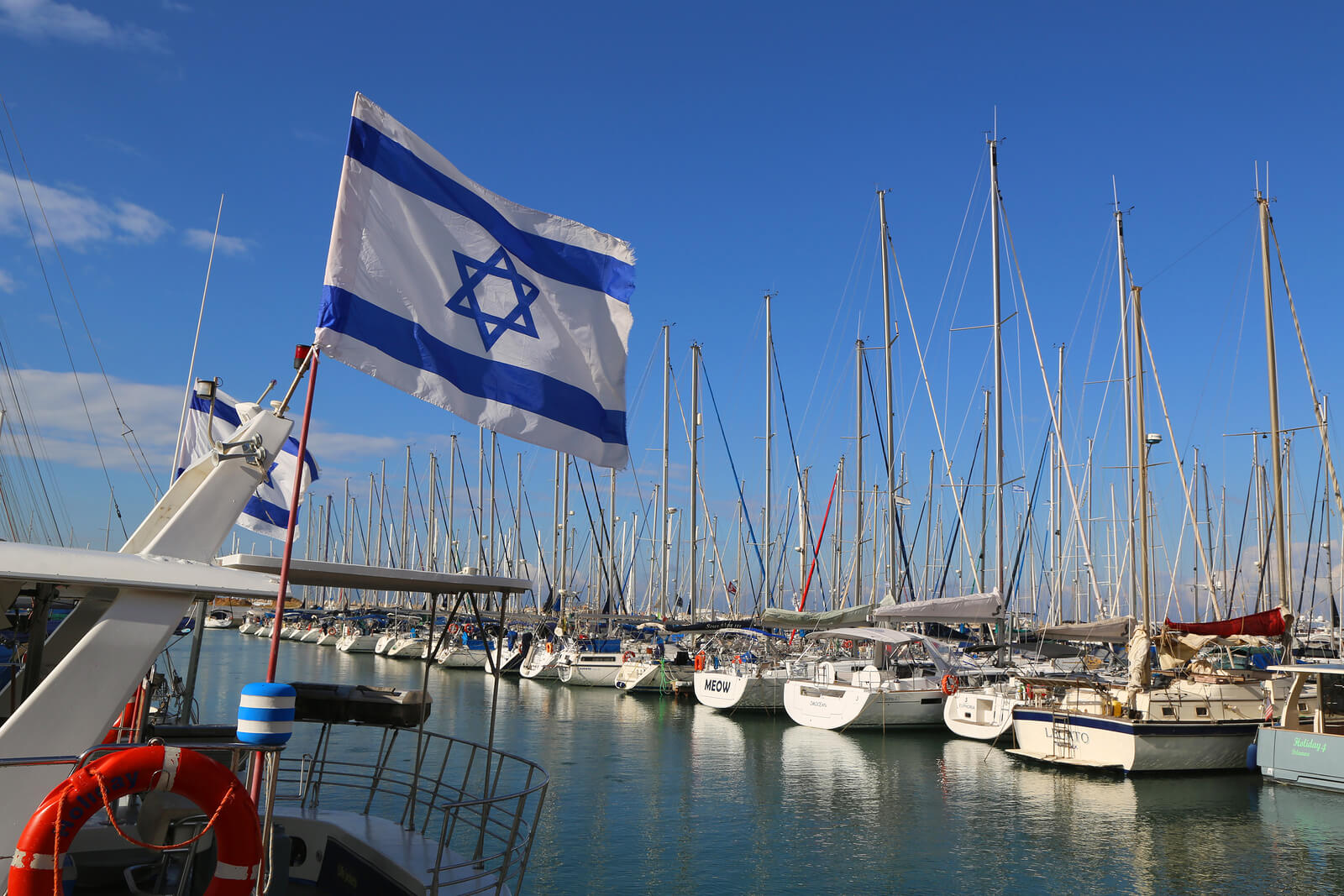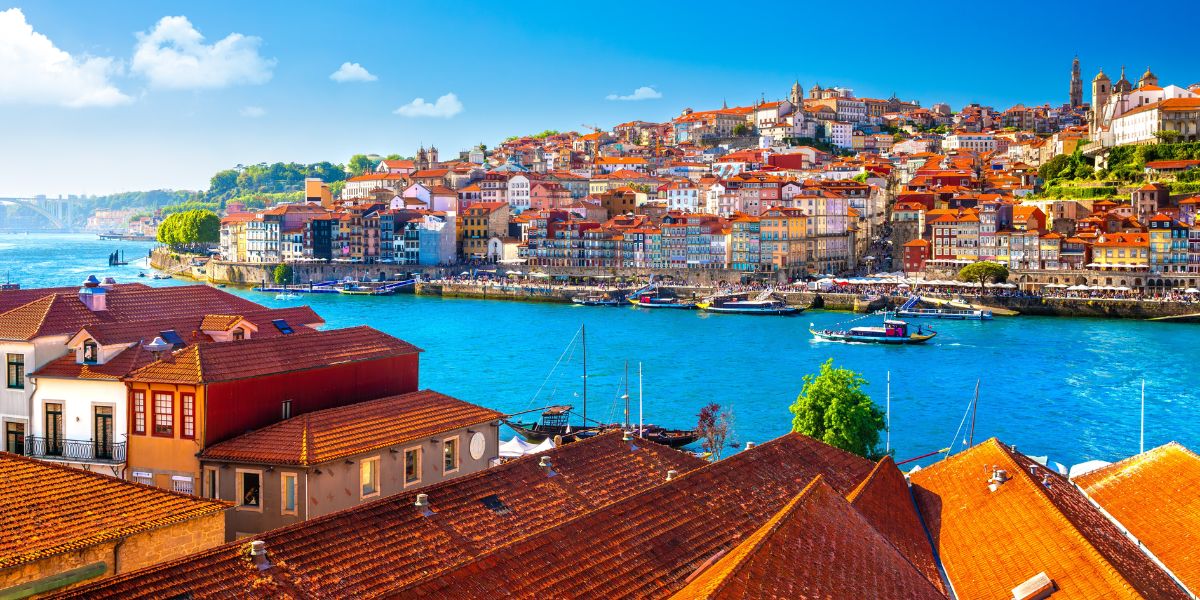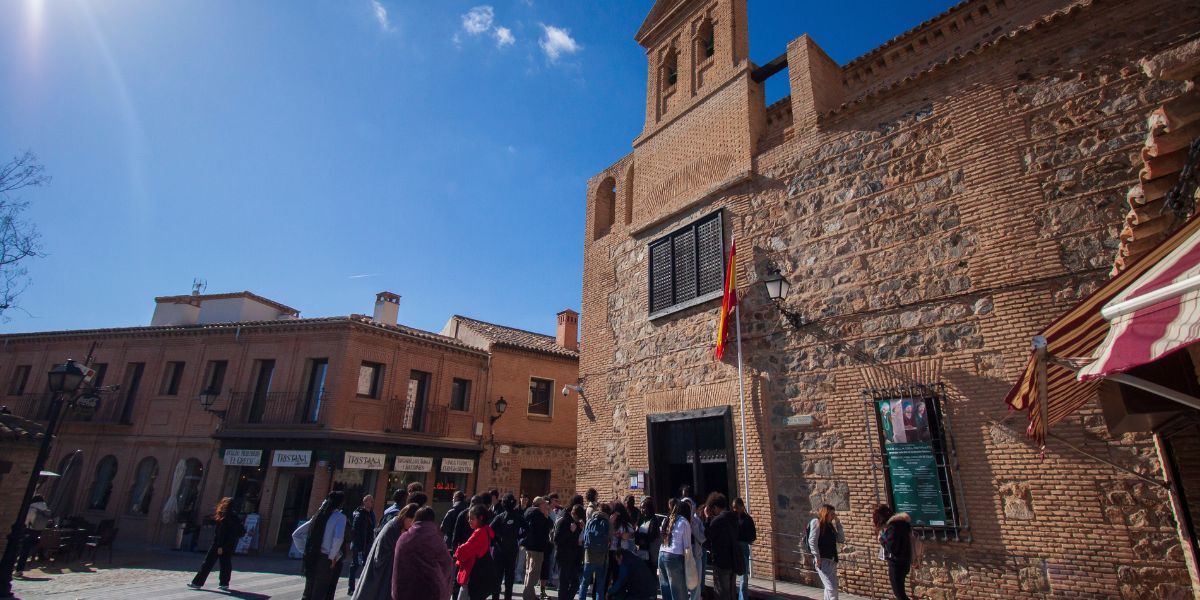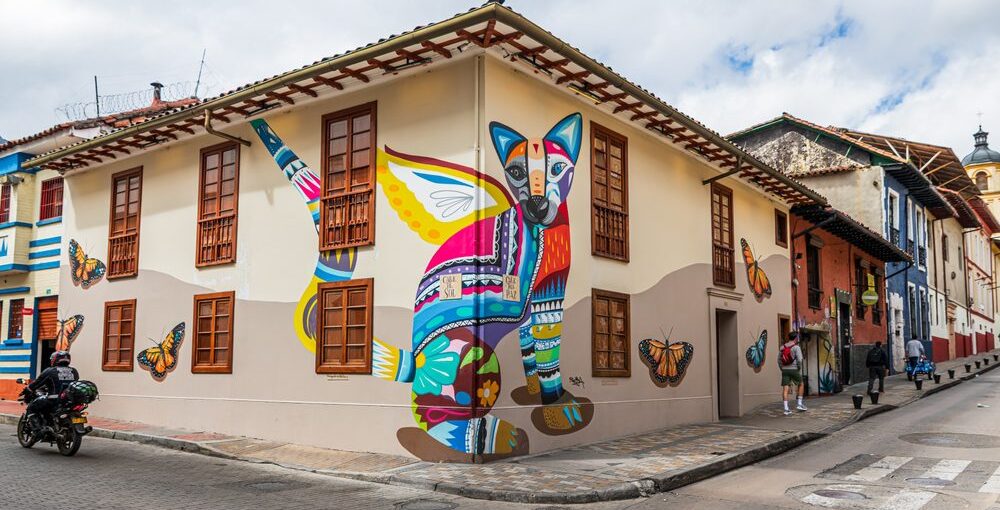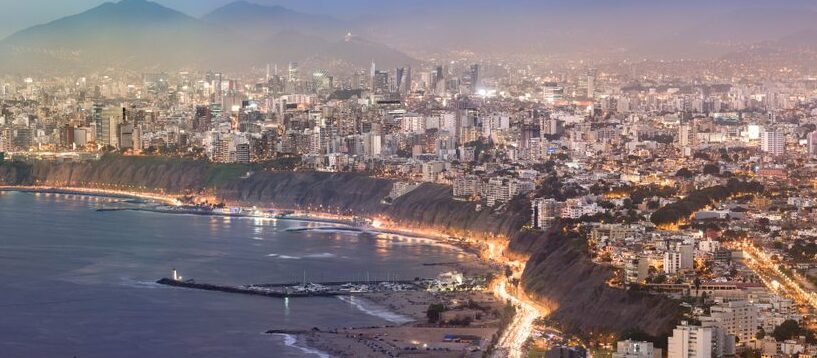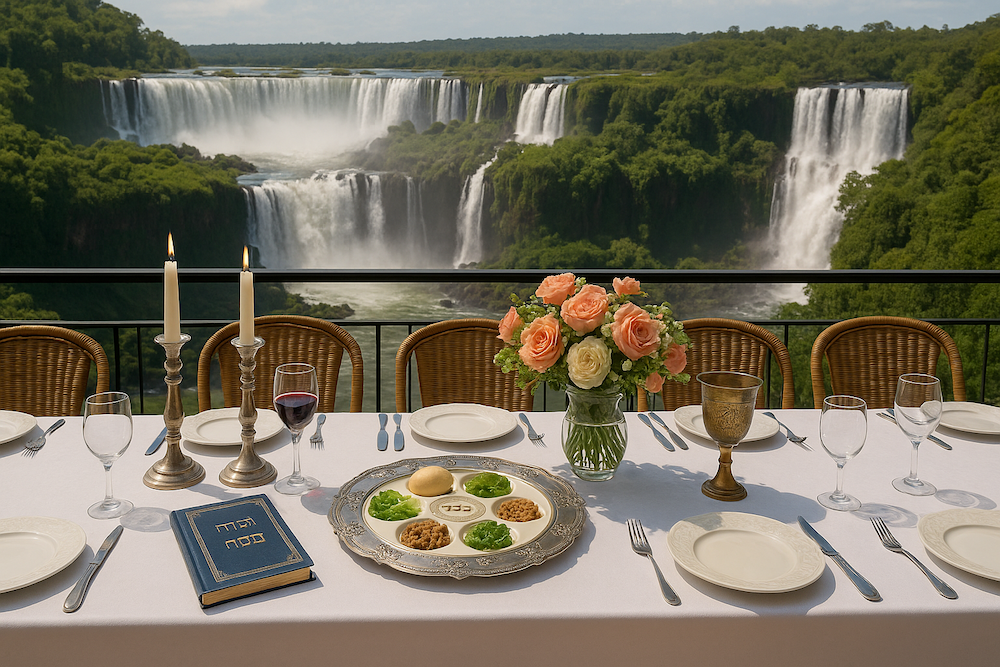THE JEWISH WORLDPainted Synagogues and Cemeteries of northern Romania
Ruth Ellen GruberRuth Ellen Gruber, author of “National Geographic Jewish Heritage Travel” (National Geographic, 2007) and other books, was so adamant about her recommendation of Romania’s painted synagogues and Jewish cemeteries. She nominated the sites — located in the towns of Radauti, Botosani, Piatra Neamt, Suceava, Siret and elsewhere — because of their exquisite combination of Jewish and local folk art. “Art on the gravestones is clearly linked to other forms of Jewish visual art — paper cuts, for example,” she said, adding that the carved imagery on Eastern European Jewish gravestones, which dates back to the 17th century or earlier, “was created by talented and extraordinarily creative stone-carvers who are now, for the most part, anonymous.” Gruber, who also runs a travel blog, said that some of the synagogues, which are located in the same region as Romania’s famous painted monasteries, still contain “the elaborately carved and painted arks [and] the wonderful painted decoration that ornamented the interiors of the many elaborate wooden synagogues that once stood in Eastern Europe, virtually all of which were destroyed by the Nazis.”See More
![Painted Synagogue, Romania Photo: THE JEWISH WORLD Painted Synagogues and Cemeteries of northern Romania Ruth Ellen GruberRuth Ellen Gruber, author of “National Geographic Jewish Heritage Travel” (National Geographic, 2007) and other books, was so adamant about her recommendation of Romania’s painted synagogues and Jewish cemeteries that she contacted us on Facebook and via our Shmooze blog. She nominated the sites — located in the towns of Radauti, Botosani, Piatra Neamt, Suceava, Siret and elsewhere — because of their exquisite combination of Jewish and local folk art. “Art on the gravestones is clearly linked to other forms of Jewish visual art — paper cuts, for example,” she said, adding that the carved imagery on Eastern European Jewish gravestones, which dates back to the 17th century or earlier, “was created by talented and extraordinarily creative stone-carvers who are now, for the most part, anonymous.” Gruber, who also runs a travel blog, said that some of the synagogues, which are located in the same region as Romania’s famous painted monasteries, still contain “the elaborately carved and painted arks [and] the wonderful painted decoration that ornamented the interiors of the many elaborate wooden synagogues that once stood in Eastern Europe, virtually all of which were destroyed by the Nazis.”](https://www.giltravel.com/wp-content/uploads/2023/04/gg.jpg)
